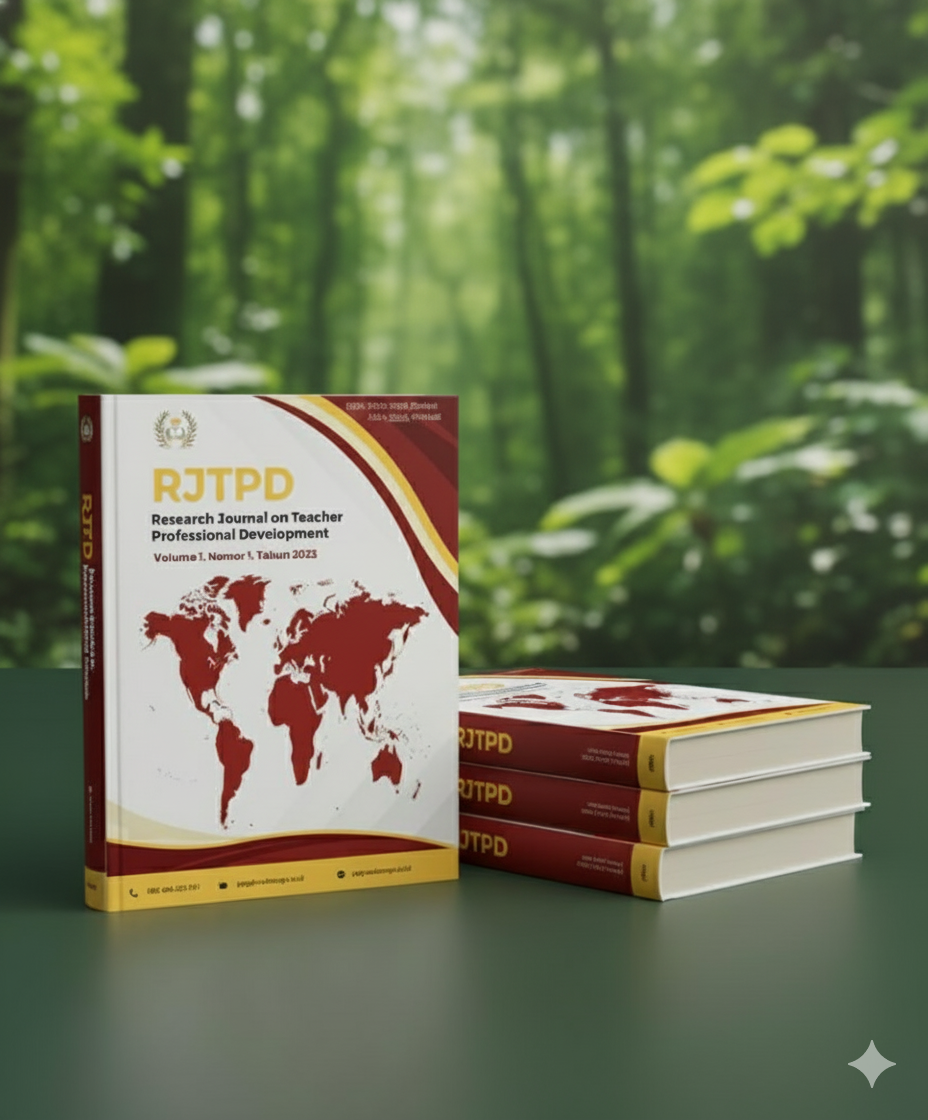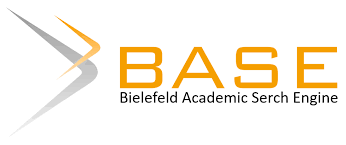Efforts to Improve Understanding of Asmaul Husna by Using the Numbered Head Together Learning Model in Madrasah Ibtidaiyah
DOI:
https://doi.org/10.21580/rjtpd.v2i2.15459Keywords:
Understanding Asmaul Husna, NHT Learning Model, Islamic Education, Student Activeness, Adab ValuesAbstract
This research aims to improve the understanding of Asmaul Husna in Madrasah Ibtidaiyah through the application of the Numbered Head Together (NHT) learning model, a cooperative method that emphasizes the active participation of all students in the learning process. Education, in this context, is seen as a conscious and planned effort that aims to shape the character and behavior of students to be in accordance with Islamic values. The process of developing students' intellectual potential needs to be accompanied by the cultivation of moral values and manners, such as manners, which are an inseparable part of a Muslim's personality. The NHT model was applied because it was found that the students at Madrasah Ibtidaiyah were still not optimal in creative thinking, and were not fully aware of the importance of manners in daily life. The research method used is Classroom Action Research (PTK) with a cycle design consisting of three main stages: planning, implementation, and reflection. At the planning stage, the researcher developed a Learning Implementation Plan (RPP) which includes learning activities using the NHT model and evaluation instruments. During the implementation, students are divided into small groups and actively participate in group discussions and presentations of the results of the discussion. Observations were made to evaluate students' activeness and understanding of Asmaul Husna's material. The data collected from observations and comprehension tests were then analyzed to determine the effectiveness of the NHT model. The results of the study showed a significant increase in the understanding of Asmaul Husna, accompanied by an increase in the activeness and polite behavior of students. This method has proven to be effective in achieving the learning goals that have been set, which is not only improving students' cognition, but also their affective aspects.
Downloads
References
Atin, S., & Maemonah, M. (2022). Internalization of Religious Character Values through the Learning of Moral Beliefs at Madrasah Ibtidaiyah. Education: Journal of Religious and Religious Education Research, 20(3), 323-337.
Hanifa, N., & Ritonga, S. (2023). The Number Head Together (NHT) Method and Its Application in Islamic Religious Education (PAI) Learning. Kaisa: Journal of Education and Learning, 3(2), 54-68.
Ilham, M. F., & Tiodora, L. (2023). Implementation of Learning Theory from the Perspective of Constructivism Psychology in Elementary School Children's Education. Multilingual: Journal of Universal Studies, 3(3), 380.
Janiah, S. (2022). Improving Fiqh Learning Outcomes of the Priority Material of the Month of Ramadan Through the Implementation of NHT Type Cooperative Learning for Grade III Students of MI Islamiyah Muara Teweh. Proceedings of Islamic Religious Teacher Professional Education (Ppgai), 2(1), 1074.
Jannah, M. (2020). The Role of Aqidah Akhlak Learning to Instill the Value of Student Character Education. Al-Madrasah: Scientific Journal of Madrasah Education Ibtidaiyah, 4(2), 237.
Malli, R. (2021). The Urgency of Islamic Education in Facing the Challenges of Modernity. Tarbawi: Journal of Islamic Religious Education, 6(02), 158.
Marinda, L. (2020). Jean Piaget's Theory of Cognitive Development and Its Problems in Elementary School Children. An-Nisa Journal of Gender Studies, 13(1), 116.
Mulia, H. R. (2020). Integration of Character Education in Learning Moral Beliefs. Tadris: Journal of Islamic Education, 15(1), 11d
Nainggolan, A. M., & Daeli, A. (2021). Analysis of Jean Piaget's Theory of Cognitive Development and Its Implications for Learning. Journal df Psychology Humanlight, 2(1), 31.
Noptario, N., Zulfa, F. N., & Arif, M. (2023). Formulation of the Concept of Moral Education in the Subject of Moral Beliefs at Madrasah Ibtidaiyah Palembang in Realizing Students with Moral Character. Scientific Journal of Educational Vehicles, 9(3), 342.
Oktavia, D. W. H. (2015). Application of Numbered Heads Together (NHT) Type Cooperative Learning Model to Improve Social Studies Learning Outcomes of Class V Students Mi Miftahul Huda Bacem Sutojayan Blitar. Available on Http://Repo. Iaintulungagung. Air conditioning. id/2979/(accessed on January 18, 2017).
Payong, M. R. (2020). The Zone of Proximal Development and Social Constructivism-Based Education According to Lev Semyonovich Vygotsky. Missio Journal of Education and Culture, 12(2), 164.
Piaget, J. (1981). Piaget's theory. Infancia y aprendizaje, 4(Sup2), 13.
Purnasari, P. D., & Sadewo, Y. D. (2021). Basic Education Learning Strategies at the Border in the Digital Era. Journal of Basicedu, 5(5), 3089-3100.
Qomariyah, L., Tjahjono, A. B., & Makhsun, T. (2021). Implementation of the Numbered Head Together (NHT) Learning Method in PAI Learning. Proceedings of the Scientific Constellation of Unissula Students (Kimu) Humanoira Cluster.
Rusni, N. K. (2021). Increasing Students’ Learning English Outcomes by Using Numbered Head Together (Nht) Model. Inspiring: English Education Journal, 4(2), 91.
Sa'adah, F., & Azizah, D. D. (2021). The Application of the Essence of Constructivism Learning Theory in Islamic Religious Education Learning. An-Nuha, 1(1), 1-10.
Salsabila, Y. R., & Muqowim, M. (2024). Correlation Between Lev Vygotsky's Constructivist Learning Theory and Problem Based Learning (Pbl) Learning Model. Learning: Journal of Educational and Learning Research Innovation, 4(3), 813-827.
Sari, F. W., Damayanti, I. P., & Sutriyani, W. (2022). The Role of Teachers in Implementing the NHT (Numbered Head Together) Type Cooperative Learning Model in Elementary Schools. Journal of Humanities and Education, 2(1), 13.
Sihaloho, W., Pratiwi, R. U., Sari, I. P., Aini, I. Q., Yunita, Z., & Winanda, T. (2023). Development of Educational Concepts and Educational Classification. Journal of Dirosah Islamiyah, 5(3), 754.
Supriatna, U., & Rahayu, P. (2021). The Relationship between Learning Moral Beliefs and Student Behavior. Journal of Nusantara Education, 1(1), 19-26.
Syafi'i, M. I., Mubarok, R., & Yuliana, Y. (2024). Commendable Moral Habituation Strategy Through the Subject of Moral Beliefs at Madrasah Ibtidaiyah. Journal of Elementary Education and Teacher Training, 9(1), 1-11.
Ulfah, A., Jumroh, J., & Yuliani, H. (2024). Learning Improvement to Improve the Ability to Solve Contextual Problems Using the Numbered Head Together Method. Differential: Journal On Mathematics Education, 2(1), 33-42.
Ulpa, M., & Husairi, H. (2023). Application Of The Numbered Head Together (NHT) Method in Increasing The Learning Outcomes of Aqidah Morals in Class IV Students In MI Nw Karang Baru. Jurnal Al-Mutaaliyah: Jurnal Pendidikan Guru Madrasah Ibtidaiyah, 3(1), 32-41.
Vico, G., Tessitore, F., & Sanna, M. (2000). Giambattista Vico (Vol. 47). Istituto Poligrafico e Zecca dello Stato.
Published
Issue
Section
License
Copyright (c) 2024 Ahmad Ali Arwani

This work is licensed under a Creative Commons Attribution-NonCommercial-ShareAlike 4.0 International License.
The copyright of the received article shall be assigned to the journal as the publisher of the journal. The intended copyright includes the right to publish the article in various forms (including reprints). The journal maintains the publishing rights to the published articles. Authors are allowed to use their articles for any legal purposes deemed necessary without written permission from the journal with an acknowledgment of initial publication to this journal.
















